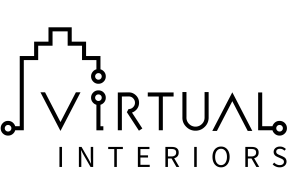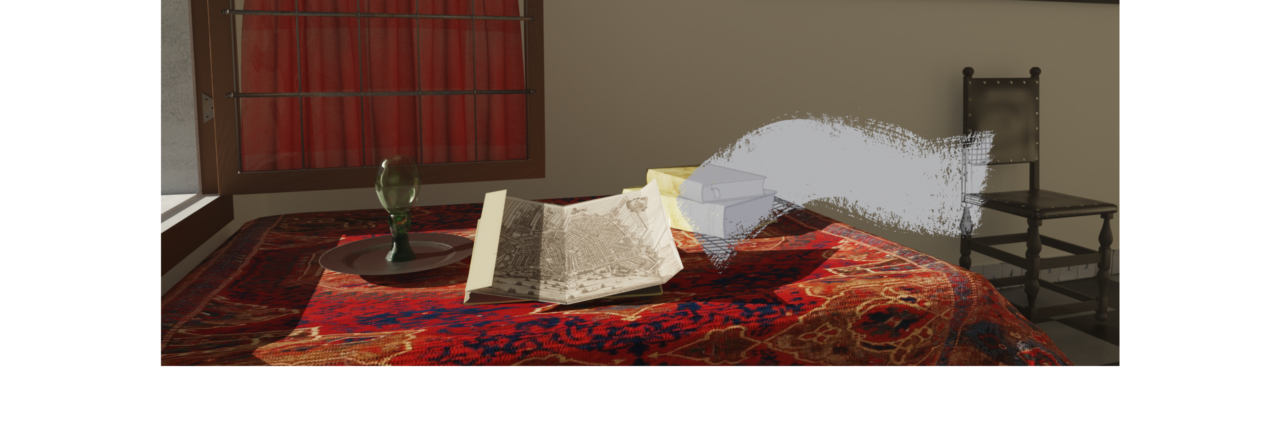On Thursday 12 March, a data sprint regarding the datasets ECARTICO and ONSTAGE took place at the University of Amsterdam, organized by Amsterdam Time Machine / Golden Agents. Since the used datasets are very relevant for the Virtual Interiors project, several team members joined the sprint.

As indicated on the data sprint website, “ECARTICO contains biographical data about painters, engravers, publishers, goldsmiths, writers and other creative people working in the Low Countries” in the 16th and 17th centuries, and provides information about their networks. Additionally, ONSTAGE contains the complete performance history in the Amsterdamse Schouwburg from 1638 to 1940. Since these datasets are very extensive (ECARTICO alone contains more than 50,000 entries), and since they also provide extensive links to e.g. Wikidata, DBNL and RKD, it was very worthwhile to experiment with these datasets in the sprint.
During the event, team members of Virtual Interiors joined a workshop focused on Geographies and networks of style and subject matter (Workshop 3), and on Enhanced publications (Workshop 4). Workshop 3 looked at the opportunities to use and combine ECARTICO, Wikidata and RKD data to create geographies of style, and social networks. Using “semantic queries” in SPARQL, we could retrieve painters from certain periods, and get statistics on the cities they worked from. For a full overview and explanation of methods, please refer to the page for workshop 3. Workshop 4 focused on enhanced publications, i.e. single-screen applications which allow for simultaneously accessing biography texts, artwork images and other updated biographical information. Also in this case, the full information on project objectives, approaches and results can be found on the dedicated page for workshop 4.
For Virtual Interiors, the results of the data sprint are particularly interesting since they provide inspiration for our integration of linked data, the potential opportunities and difficulties, and because they can inform our explorations into creating enhanced publications.

